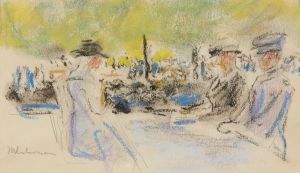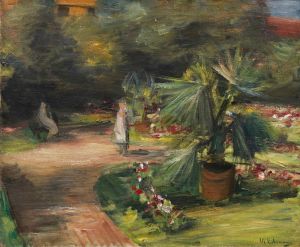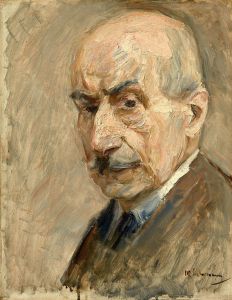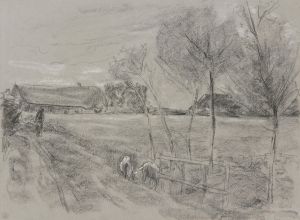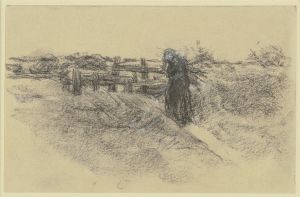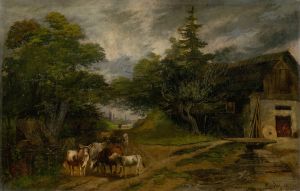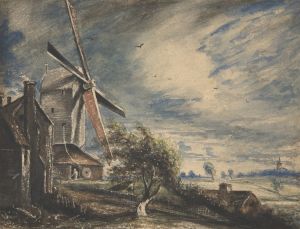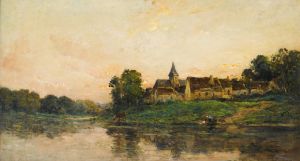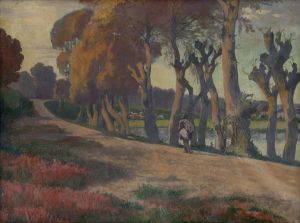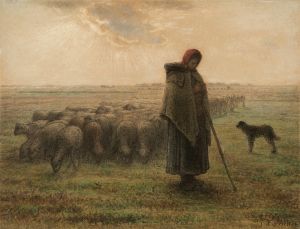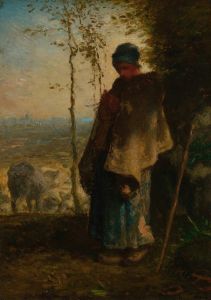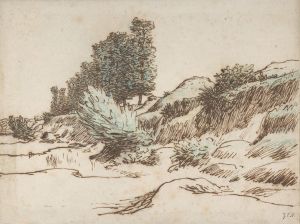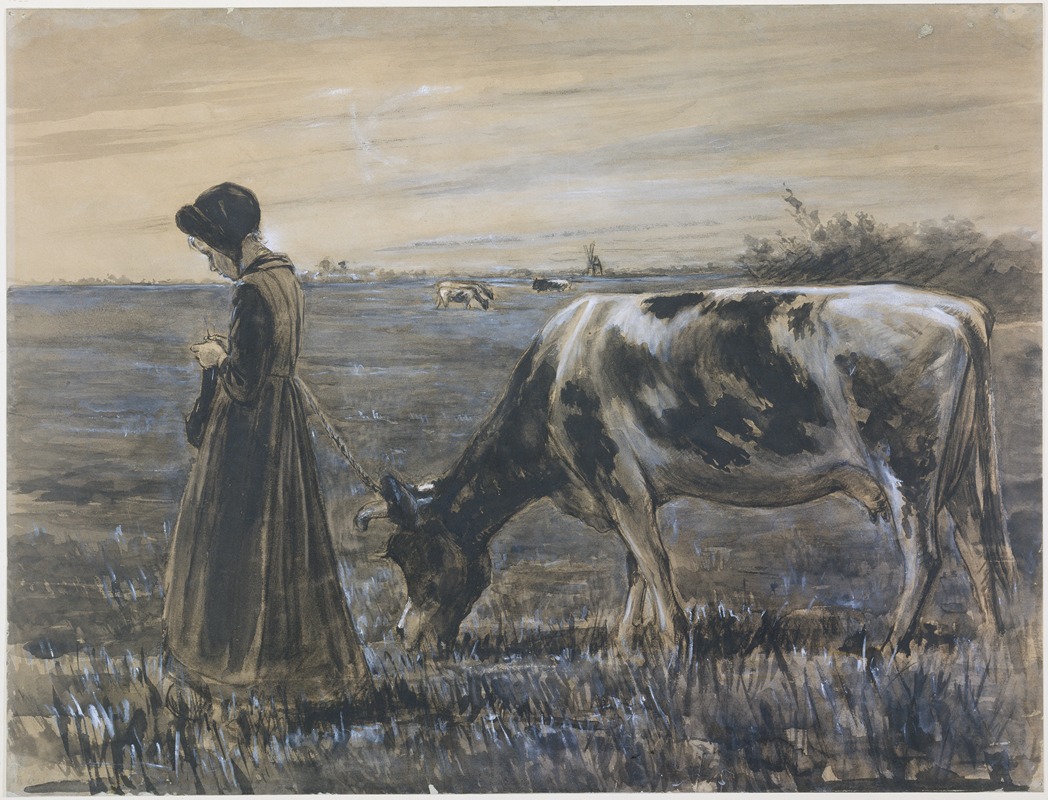
Girl with cow
A hand-painted replica of Max Liebermann’s masterpiece Girl with cow, meticulously crafted by professional artists to capture the true essence of the original. Each piece is created with museum-quality canvas and rare mineral pigments, carefully painted by experienced artists with delicate brushstrokes and rich, layered colors to perfectly recreate the texture of the original artwork. Unlike machine-printed reproductions, this hand-painted version brings the painting to life, infused with the artist’s emotions and skill in every stroke. Whether for personal collection or home decoration, it instantly elevates the artistic atmosphere of any space.
Max Liebermann was a prominent German painter and printmaker, associated with the Impressionist movement. He was a leading figure in the Berlin Secession and played a significant role in the development of modern art in Germany. Liebermann's work is characterized by its loose brushwork, vibrant use of color, and focus on everyday life and landscapes.
"Girl with Cow" is one of Liebermann's paintings that exemplifies his interest in rural scenes and the depiction of ordinary people engaged in daily activities. Although specific details about this particular painting are scarce, it is consistent with Liebermann's broader body of work, which often features pastoral settings and figures in harmony with nature.
Liebermann was born in Berlin in 1847 into a wealthy Jewish family. He studied art in Weimar, Paris, and the Netherlands, where he was influenced by the works of the Dutch Old Masters and the Barbizon School. His early works often depicted laborers and peasants, reflecting a realist approach that later evolved into a more impressionistic style.
The artist's fascination with rural life and agricultural themes can be traced back to his time in the Netherlands, where he was inspired by the country's landscapes and the simplicity of its rural communities. This influence is evident in many of his paintings, including "Girl with Cow," where he captures the serene and bucolic atmosphere of the countryside.
Liebermann's technique in paintings like "Girl with Cow" often involves a soft, diffused light that enhances the natural setting. His brushwork is typically loose and expressive, allowing him to convey movement and the play of light across the scene. This approach aligns with the Impressionist movement, which sought to capture the fleeting effects of light and atmosphere.
Throughout his career, Liebermann remained committed to depicting scenes of everyday life, whether in urban or rural settings. His work often highlights the dignity and simplicity of ordinary people, a theme that resonated with the broader social and cultural shifts of his time. As a result, his paintings are not only artistic expressions but also historical documents that offer insight into the lives of people during the late 19th and early 20th centuries.
Liebermann's contributions to art extended beyond his paintings. As a leader of the Berlin Secession, he advocated for artistic freedom and the acceptance of modern art in Germany. His efforts helped pave the way for future generations of artists and established Berlin as a center for avant-garde art.
In summary, while specific information about "Girl with Cow" is limited, it can be appreciated within the context of Max Liebermann's broader oeuvre. The painting reflects his interest in rural life, his impressionistic style, and his commitment to capturing the essence of everyday experiences. Liebermann's legacy as a pioneer of modern art in Germany remains influential, and his works continue to be celebrated for their artistic and historical significance.





